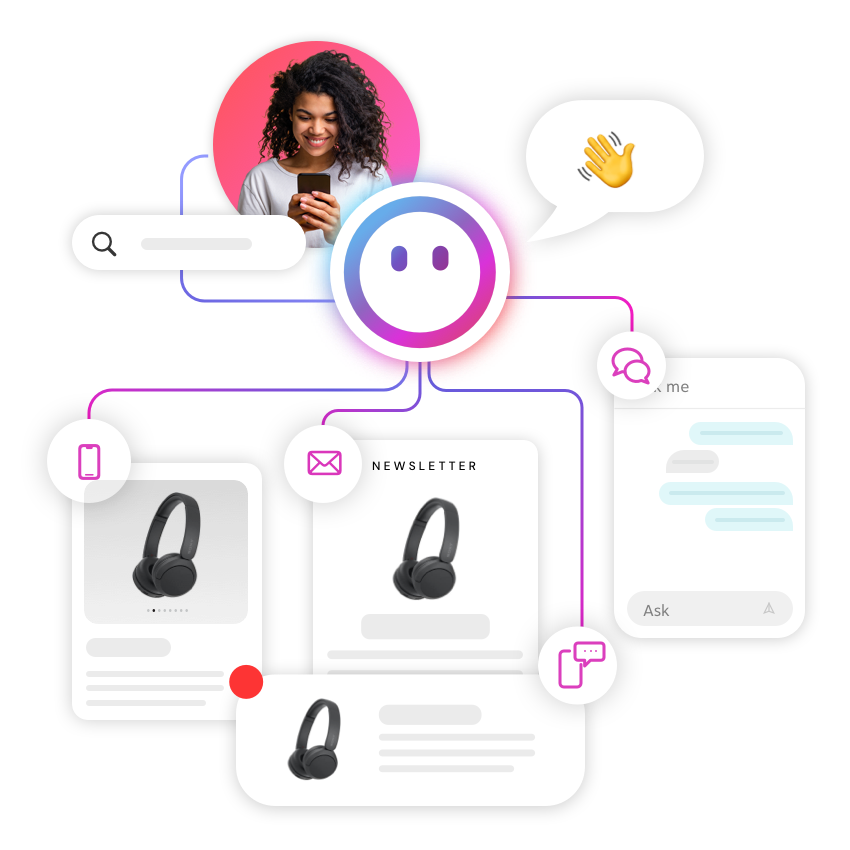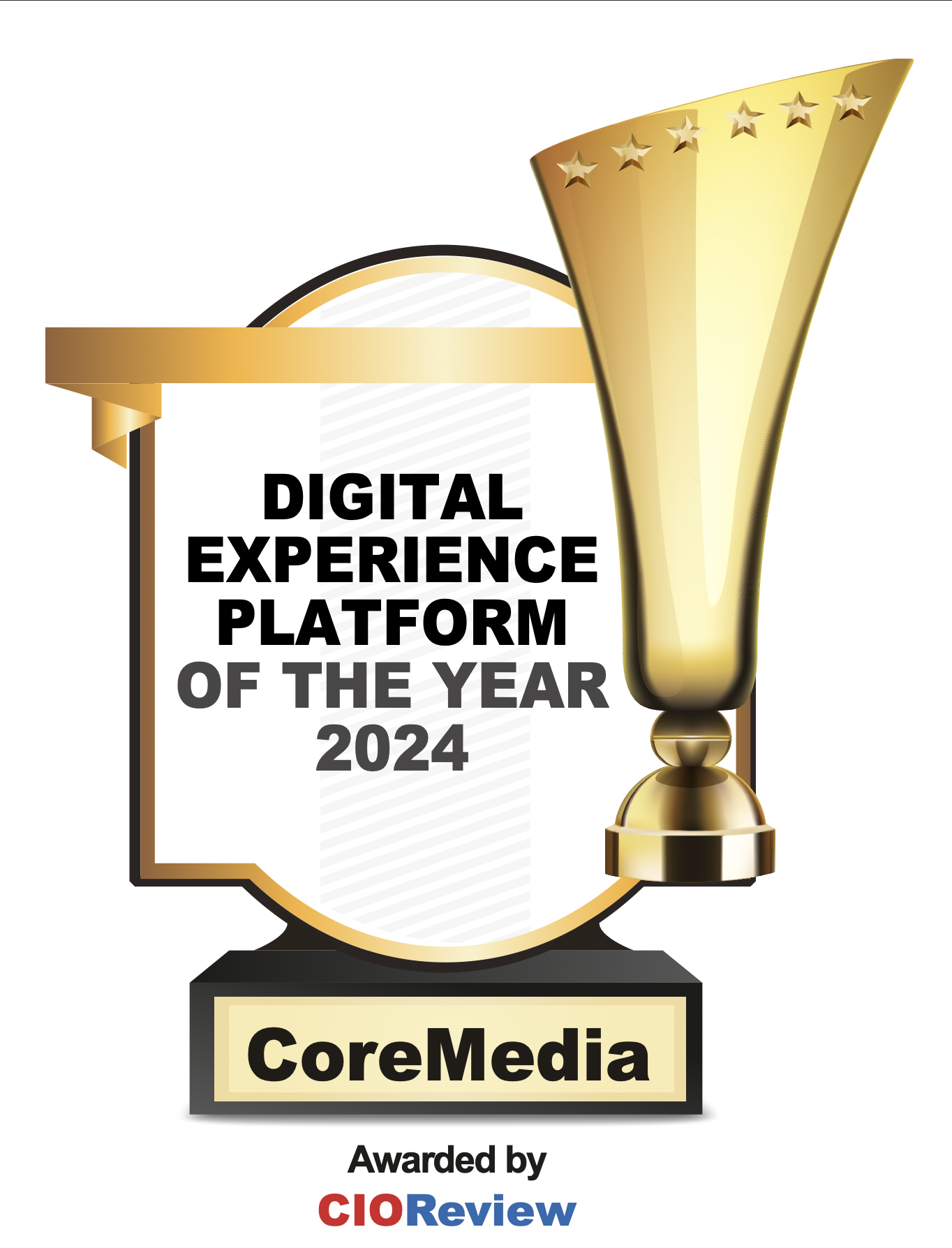As modern consumers, we have long been used to living in a world where online purchases are part of our everyday life. We order everything online – from books and toiletries – to gifts and groceries. As Amazon gobbles up companies like Whole Foods, even traditional brick and mortar stores are experiencing a fundamental sea change that promes to merge physical and digital shopping into a single experience.
Despite all of this, however, many people assume that business purchases are still being conducted as though we lived in the 1950s. Joe from “Company A” calls up Joan from “Company B” to adjust his industrial widget order for the next quarter and everything gets typed up in triplicate on carbon paper.
Of course, nothing could be further from the truth. B2B commerce is digitizing at a breakneck pace as Millennials take on more prominent purchasing roles and consumerization of the business world accelerates.
And it’s going to continue to happen because there is a lot of money to be made. A recent report by Statistica estimated that retail eCommerce sales will hit $4.5 trillion by 2021. That’s great. But the same report predicted that B2B eCommerce had already exceeded $7.7 trillion in online sales.
Despite the explosion of online shopping, B2B eCommerce still lags behind B2C commerce with respect to technological innovation. This shows that there is still quite a bit of room for the industry to grow.
The following articles shed some light on the ways in which a rapidly maturing B2B eCommerce market will evolve in the coming years as it incorporates more influences from B2C – including the adoption of greater personalization and more content-lead shopping experiences:
Forbes kicked things off earlier this year with an article on B2B E-Commerce Trends To Take Notice Of In 2018 by Jary Carter, Cofounder and CRO of Oro Inc.
In a recent post for the CustomerThink blog, Jimmy Duvall of Big Commerce walks us through 3 Steps that B2B Players Can Learn from B2C Merchants.
Over on the Manufacturer.net blog, Mark Bartlett of FPX looks at the impact that B2B eCommerce is likely to have in the Modern Manufacturing industry.
Finally, this article from the Harvard Business Review focuses on how Companies like Autodesk are increasing B2B sales with help from machine learning tools.
That's it for this week. Let us know if you have any suggestions for topics you'd like us to explore in future Recommended Read posts.








